Top 5 Evidences for Evolution by Natural Selection
The positive response to my last article on this topic, a Beginner's Guide to Evolution, has convinced me to write another one. This time listing the five findings in fields like paleontology, genetics, microbiology, etc. which confirm that life on Earth evolved from unrecognizably different ancestral forms.
#1. Direct Observation of Bacterial Evolution on a Giant Petri Dish
A gigantic rectangular petri dish with a layer of agar (ideal bacteria food) was built. The agar was divided vertically into strips. The strips on the far left and right contain no poison, so it's easy for bacteria to spread. But each strip closer to the center contains more and more poison, so it becomes deadlier to the bacteria and thus harder to keep spreading in that direction. Watch what happens:
The bacteria grows until it totally consumes the growth substrate (agar) in the easiest, non-poisoned strips. It can't continue until some bacteria are born with mutations that make them resistant enough to the poison that they can survive in the next strip over.
The bacteria then invades the next strip of agar from the points on the border of the old strip where the first individual bacteria with the poison resistant mutations were born. Their descendants alone are able to progress into the new territory...until they reach the border of the next strip, which has even more poison.
Once again they are stuck...until one or more bacteria on the border of that strip are born with a mutation that increases their poison resistance. Their descendants invade the next strip over, leaving behind the rest of the bacteria without the mutation, which are unable to survive in the more poison conditions.
It continues like that, the descendants of the descendants of the descendants of those bacteria which mutated increasing resistance to poison finally reaching the center strip, which has the highest concentration of poison. This shows that naturally occurring mutations can be beneficial, and that beneficial mutations build upon each other in situations where they confer a survival advantage.
However, many creationists now concede that evolution happens to micro-organisms, because it can be directly observed with the naked eye (or a time lapse camera for the impatient). Where they draw the line is large multicellular organisms.
#2. Vestigial Pelvis and Leg Bones Found in Whales
Creationists typically claim that animals are divided into "kinds", and that evolution is limited somehow such that one "kind" cannot become another. They define "kind" as what an animal looks like to them. For example, they would say that dogs descended from wolves, but they are the same "kind" of animal, thus it does not prove that canines descended from an ancestral species drastically different from canines.
The problem with this is that there are some species today which still bear the unmistakeable signs that they evolved from something very different from their modern form. Whales, for example. Why would a creator deity make all fish cold blooded, similar to reptiles...and then create one specific type of fish-shaped sea life that's mammalian instead?
According to evolution, mammals evolved on land, from reptiles. Reptiles evolved from fish. Therefore it would make no sense to believe whales, dolphins, porpoises, manatees and so on were always sea dwelling creatures. They had to have been land animals at one point, who went back into the ocean.
This argument is not based on fossils, but on modern, living animals. If you were a whaler, you could go out and kill a whale, cut it open, and you know what you'd find inside? All modern whales still have a left over pelvis and leg bones from when they used to be land animals.
The pelvis and legs bones aren't even connected to the rest of their skeleton anymore. It makes no sense if they were designed that way by a creator, because if whales, dolphins, etc. were designed to be aquatic animals from the start, why put these useless bones in them?
It also helps that there exist other species of mammal which are in the process of adapting to an aquatic environment, so we can see what traits they develop. Otters are somewhat adapted to water. Seals are better adapted for water than otters, and lack fur, but have a layer of blubber (like whales and dolphins). Hippos, which spend a lot of time in water, also have lost their fur and have a blubber layer.
Manatees and porpoises have smooth, mostly hairless grey skin resembling that of a hippo or dolphin. Porpoises and dolphins are yet further along in their adaptation to aquatic life. All of these animals are warm blooded mammals, but adapted to different degrees to life in the water.
That's not to say any of them are the ancestors of any of the others, since they are all modern species. Rather, they share common ancestors at different junctures in their evolutionary histories. What it shows is how mammals change as they adapt to living more and more of their lives in the water, and how these traits increase their expression in species which are full time sea dwellers.
The same principle can be seen in bats. Why would a creator make only a single species of flying mammal, when all other birds are avian, descended from a warm blooded offshoot of reptiles? Why make all birds feathered and beaked, but then also make bats?
If we look at other species of arboreal mammals like flying squirrels or sugar gliders, we can see less developed versions of the adaptation to flight found in bats. Sugar gliders and flying squirrels have developed rudimentary skin flaps they can glide with, attached to their arms. It is not difficult to see how, if they continued to develop, they would turn into something similar to bats.
Is it not fair to say that the land animals which whales descended from qualify as a different "kind" than sea life? Or that the non-flying ancestors of flying mammals like bats would qualify as a different "kind"? What about birds and dinosaurs? That brings me to the next topic:
#3. Archeopteryx and Modern Birds
The skeletal similarities between dinosaurs and modern birds were noted even by naturists in Darwin's time. But the smoking gun proving that modern birds descended from dinosaurs came in the form of archeopteryx, fossil remains of a dinosaur with birdlike feathered wings and tail, but a sharp toothed saurian mouth instead of a beak.
When creationists ask how birds could evolve, because "what use is half a wing?" the answer is "you're less likely to die if you fall". Sugar gliders and flying squirrels don't have developed wings like a bat, but they are able to glide, which saves them from death if they fall from a tree.
However, feathers also serve the purpose of keeping birds warm. This is probably why they developed in the first place. Modern birds are warm blooded, as were dinosaurs, so they would need some method of regulating their internal temperature to maintain homeostasis.
Mammals have fur. But fur is uniquely mammalian, not an option for dinosaurs. Feathers on the other hand are anatomically identifiable as a specialized form of scale. So dinosaur feathers evolved from their scales, as a fur-like outer coating which helped them conserve body heat.
Only later did feathers also get utilized as a means of slowing down a fall from a great height, which led to the evolution of feathered wings as a means of true flight seen today in birds. But how do we know this for sure? Is archeopteryx the only proof?
In fact, recently geneticists have undertaken the task of re-activating dormant genes in chickens which were responsible for forming scales, sharp teeth, a snout (instead of a beak) and other dinosaurian features in their distant ancestors. Evolution conserves such traits so they can re-evolve more easily if the changing environment should favor it.
The three skulls above are not fossil remains, but the skulls of lab chickens with different degrees of expression for the gene that controls beak development, vs. dinosaur snout. As you can see, as the expression of that gene increases, the beak is replaced by a dinosaurian snout.
Increased expression of the gene controlling for teeth can also cause this snout to have sharp teeth in it. Naturally occurring mutation sometimes does this by itself, and thus you hear farmer's stories of "hen's teeth", when chicken are born with sharp teeth.
Evolution did not totally deprive chickens of teeth after all. As baby chicks, they have an "egg tooth", which is used to break out of the egg. It is later lost as the chick matures into a full grown chicken. Does it make sense that birds would have the genes necessary to grow teeth if they were designed by a creator to be birds from the beginning, and never anything else?
Why would they still have the genes for forming snouts, long tails and so on if they were always as they are today? Why are they sometimes born of their own accord with some of these traits? Like how human infants are sometimes born with tails.
#4. Taxonomy, Genetics and the Fossil Record All Corroborate One Another
Before genetics existed as a field, before anybody knew about DNA, animals were categorized by taxonomic classification. Specifically by the traits they had in common. This was used to group all animals with spines (vertebrates) separately from animals without spines (invertebrates) for example.
Also warm blooded vs cold blooded, aquatic vs land dwelling, whether it has scales, feathers or fur, and so on. What they didn't realize until Darwin is that they were actually organizing animals according to their degree of relatedness.
Now, when DNA was discovered and we gained the ability to sequence a species' genome, there was a possibility for evolution to be overturned. What if it turned out, for example, that the species believed to be closely related according to taxonomy were genetically completely different? What if genetics revealed an order of animals drastically different from taxonomy?
Instead, the emerging genetic map of inter-relatedness of species matches up with and corroborates the taxonomic map of inter-relatedness. Some small differences within a subset of a subset of a clade were found, and the taxonomic tree was corrected using the new genetic data, but all the big junctures were identical.
For example genetics confirmed what taxonomy already indicated, that humans are a species of great ape. That dogs are genetically closer to cats than, say, to starfish. That snakes are closer to lizards, genetically, than they are to lions, and so on. The basic structure of the "tree of life" taxonomy gave us matches near perfectly with the one genetics gave us.
What's more, both maps agree with the order of depth at which fossil remains are found in the geological strata. For example, both taxonomy and genetics indicate that sponges are an older family of organisms than mammals. If evolution is true, we should find fossilized sponges much deeper than we find mammalian fossils, and we do.
If evolution is true, we should find fossils of fish at depths where no bird fossils are found, because fish evolved much earlier than birds. And this is true, if you dig deep enough you'll reach strata where fish fossils are found, but no birds, mammals or other later forms of life.
It goes on like that. If you look at what types of fossils are found in what layers of the Earth, going from the bottom up, you see a progression that matches exactly what evolution says happened; microbes, then sponges and other simple multicellular life, aquatic invertebrates like jellies, aquatic vertebrates like fish, early tetrapods, amphibians, reptiles, avians and mammals, and so on up to the modern animal kingdom.
The order they occur in by depth is exactly how it should be if evolution is true. What are the odds of this happening by coincidence? If fossils were laid down by a global flood as creationists claim, how did the flood know to deposit the fossils in an order which matches exactly the order in which they would have evolved, if evolution is true?
It's compelling enough that the genetic map of how closely related species are to each other corroborates the map of taxonomic inter-relatedness. But both of those also match up with the order that fossils are found in the Earth, by depth. If evolution isn't true, then what are the odds of all three matching up with each other?
#5. Humans Have a Fused 23rd Double-Chromosome Exactly Where Other Apes Have Their 23rd and 24th
You may have heard from creationists that humans have 23 chromosomes, where all other great apes have 24. This is true, but it's only half of the truth. They tell that part and leave out the rest, because by itself, this seems to prove humans did not share a common ancestor with apes.
This is another example of a situation where, depending on what scientists found when they examined the issue, there was the potential for evolution to be overturned. But do you know what they found when they examined the 23rd human chromosome more closely?
To understand, you first need to know that chromosomes have repeating sections of DNA on the end called telomeres, and a section of unique DNA in between the two telomeres that geneticists call the centromere. The telomeres are like the boundaries in our genetic code that separate the unique centromeres from each other.
When it became possible to sequence the human genome in the 1990s, one of the first priorities was to investigate the chromosomal discrepancy between humans and other apes. The 23rd chromosome was found to be different from all of the others in our DNA.
Different in that instead of having two telomeres on either end of a single centromere, it instead had two centromeres and three telomeres: one on either end, then a third in the middle. This is unique to humans. No other species has a "double chromosome" like this.
What's more, the genetic data in the two centromeres of this fused "double chromosome" match up with the 23rd and 24th chromosomes in other species of ape. In other words, the 23rd chromosome in humans is two chromosomes, fused together end to end. Specifically the same chromosomes as the 23rd and 24th chromosome in the genome of chimps and other great apes.
Now, if evolution is false, what were the odds that this would be the case? It would have made more sense for humans to simply have 23 normal chromosomes with a single centromere each. Why, instead, would they "just happen" to have a fused 23rd chromosome made up of two centromeres containing the same genetic data as the 23rd and 24th chromosomes in chimps, gorillas, bonobos, etc.?
Kenneth Miller, a Christian professor (!) does a great job of explaining the details of this discovery in his lecture, "The Collapse of Intelligent Design":
So we have seen that single celled animals can evolve beneficial traits. This proves mutation is not exclusively harmful, but instead sometimes produces useful adaptations. We have seen that multi-cellular animals also evolve, and not just "within their kind" but so much that their modern form is unrecognizably different from their distant ancestors (as with whales and birds).
Further, we have seen that a discovery about human DNA that might have proven we did not descend along with other modern apes from a shared ancestor, instead proved that this did occur. It had the potential to upturn evolution, but when the mystery was solved, it only further confirmed it.
There's one more evidence for evolution that I left out in order to get 5: The preponderence of fractals in nature, and in particular in living organisms. I felt 5 was a nice clickbaity number. Besides which, I covered the topic of fractals in biology in the article that link goes to, explaining how they always occur in products of procedural generation, which evolution is one type of.
If your curiosity is piqued, by all means click the link above. Those of you who are mathematically inclined, and/or are familiar with the use of procedural generation in videogames are likely to find it especially interesting.
Stay Cozy!
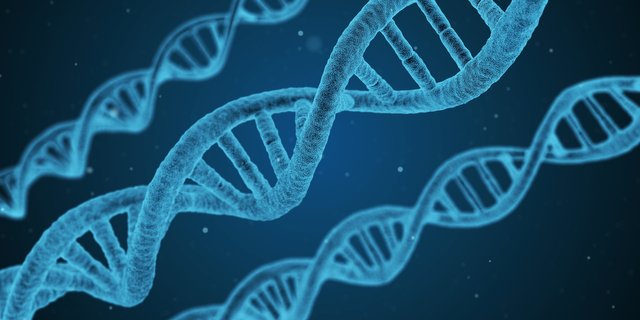
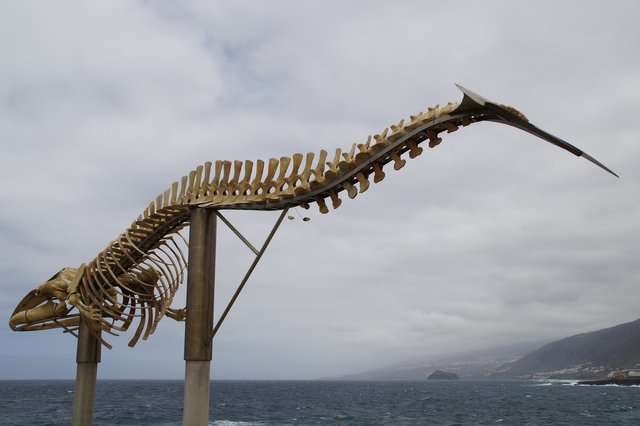
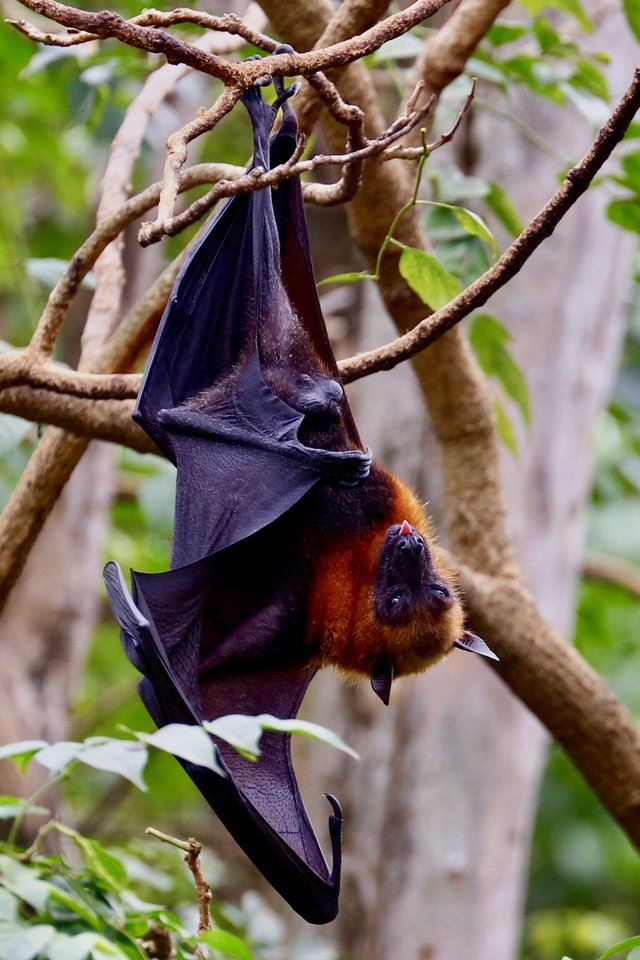
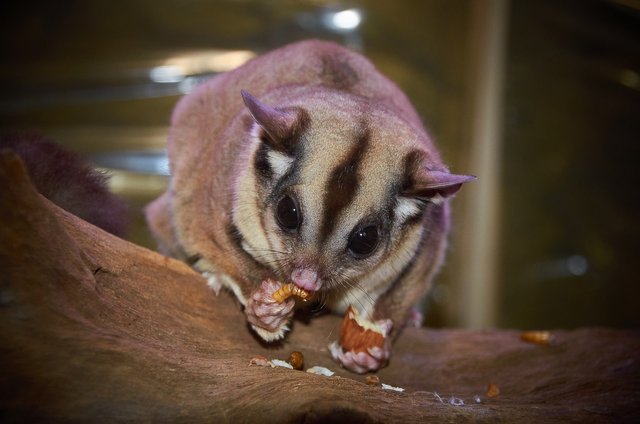
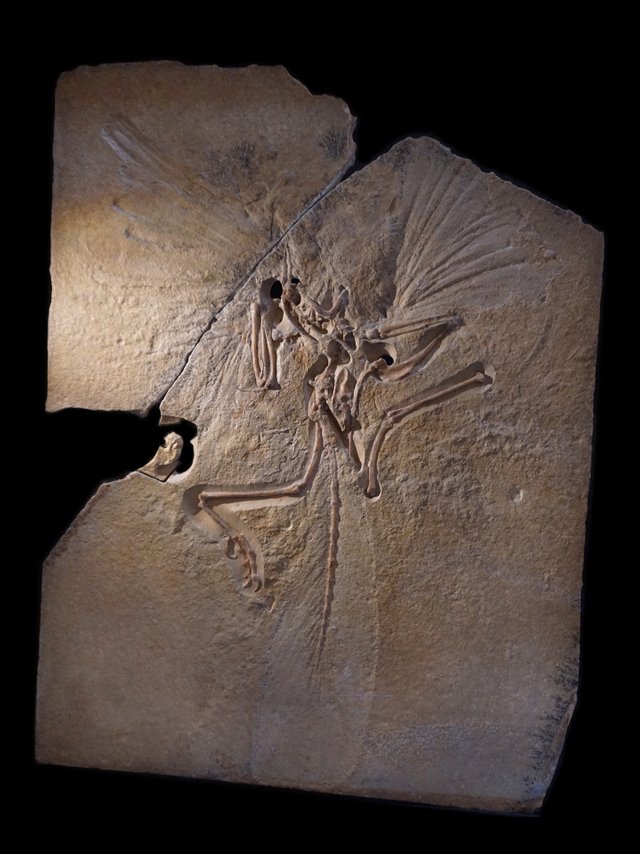
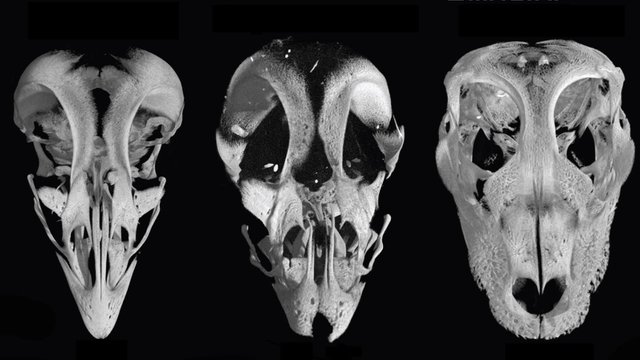
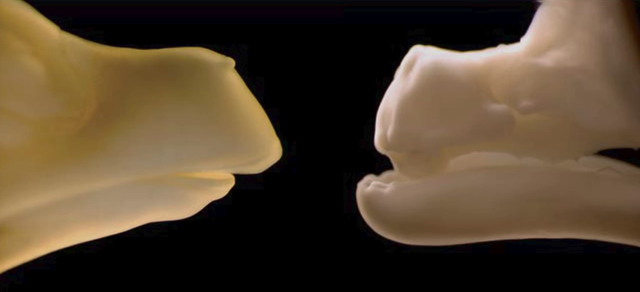
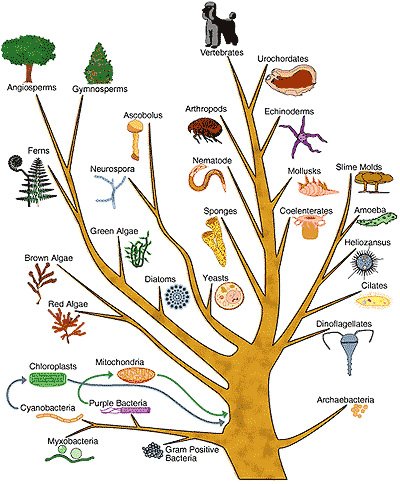
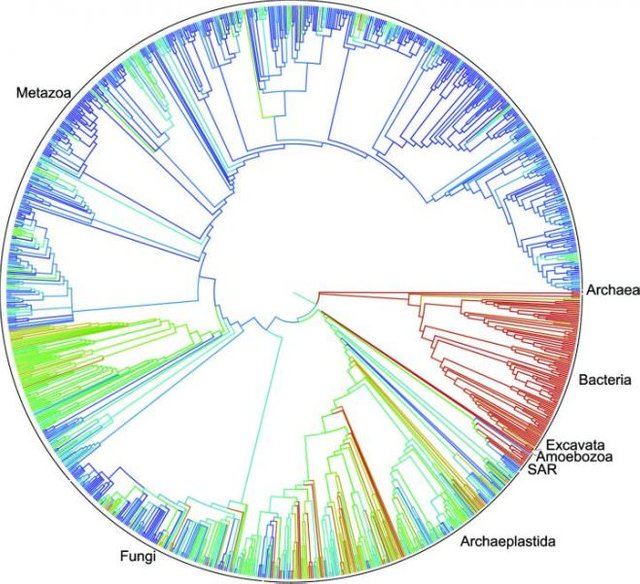
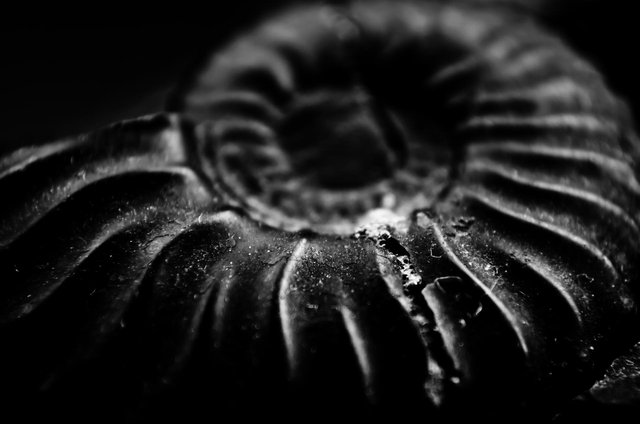
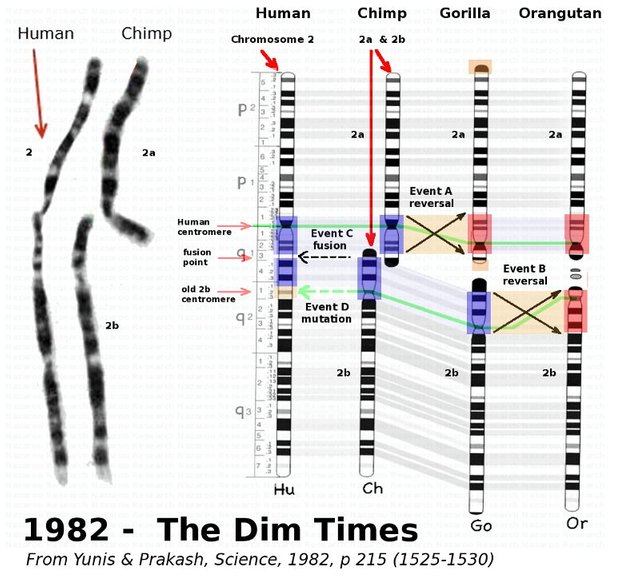
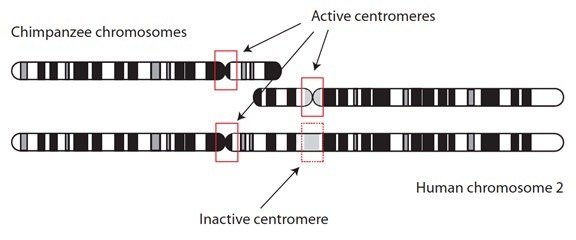
@alexbeyman,
Dude don't tell me you are the next Charles Darwin! Evolution is a never ending loop! Just imagine what will happen to humans in year 3,000!
Cheers~
I'm sure that we are a product of Alien experimentation and combining the genes of different creatures. Like T-rex that banged with a butterfly.
I did not know about the fused chromosome. Could this have been the result of genetic tinkering? What are the odds that the only creatures on this planet capable of understanding evolution would also be the only creatures with a fused chromosome?
That's what the Raelians believe, actually.
I didn't know there was a name for it. I'll check it out. I sort of like to make up my own mind about stuff rather then subscribe to any one group
Another example of observable evolution is the effect of the industrial era on the peppered moth. In a change of about 30 years, the smog and coal powder and ash etc coming from factories and coating the bark of trees in a nearby forrest, causing the bark to take on a darker tone over time caused the peppered moth to diverge and create a melanistic sub species that was darker coloured to hide against the now darker bark of trees.
Re-steeming because I'm an evolution buff.
Excellent article. Clearly written, good selection of factual sources with corresponding data, digs deep enough to get meaningful details and conclusion. One of the best short overviews on evolutionary theory I've seen. Kudos! More sciency articles of a digestible nature please.
Awesome list! but you missed one( my favourite): Giraffe's laryngeal nerve.
Every Creationist can suck on these!!
Yeah history shows that ancestral traits were there but over time they kept removing because of not using them. Like a tail bone, it has a history that it was there but it get removed but today there are remnants of it. And bacteria divides after 20 minutes and the keep on growing.
first I really appreciate about this extraordinary post. very good post. provides a detailed explanation of evolution. i will learn more. thanks mr @alexbaymen for this post.
regards
Evolution, organisms do that to survive and to survive you got to evolve.... Great for a topic to discuss.. The best that i love about you is that you don't stay with just one type of post...
Frankly I like your articles especially in microbiology as I agree with you in several things but there are some things that are in doubt and thank you for this information